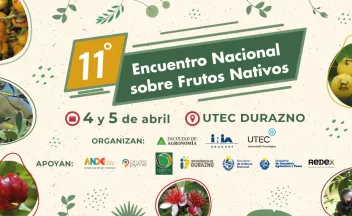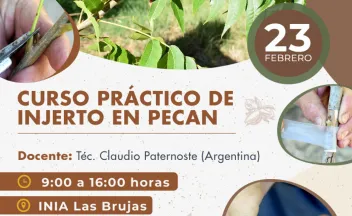Estrategias combinadas para la obtención de un vino Tannat con un contenido moderado de alcohol. [Combined strategies for obtaining a Tannat wine with moderate alcohol content.]. [conference proceedings].

RESUMEN.- En este trabajo se buscó a través de la combinación de 2 estrategias reducir el contenido de alcohol en vinos de la variedad Tannat. La primera estrategia consistió en el screening dentro de clones uruguayos de Tannat Con este fin se muestrearon durante tres vendimias consecutivas 10 clones uruguayos de Tannat y se utilizó como referencia el clon francés 717 en viñedos.


